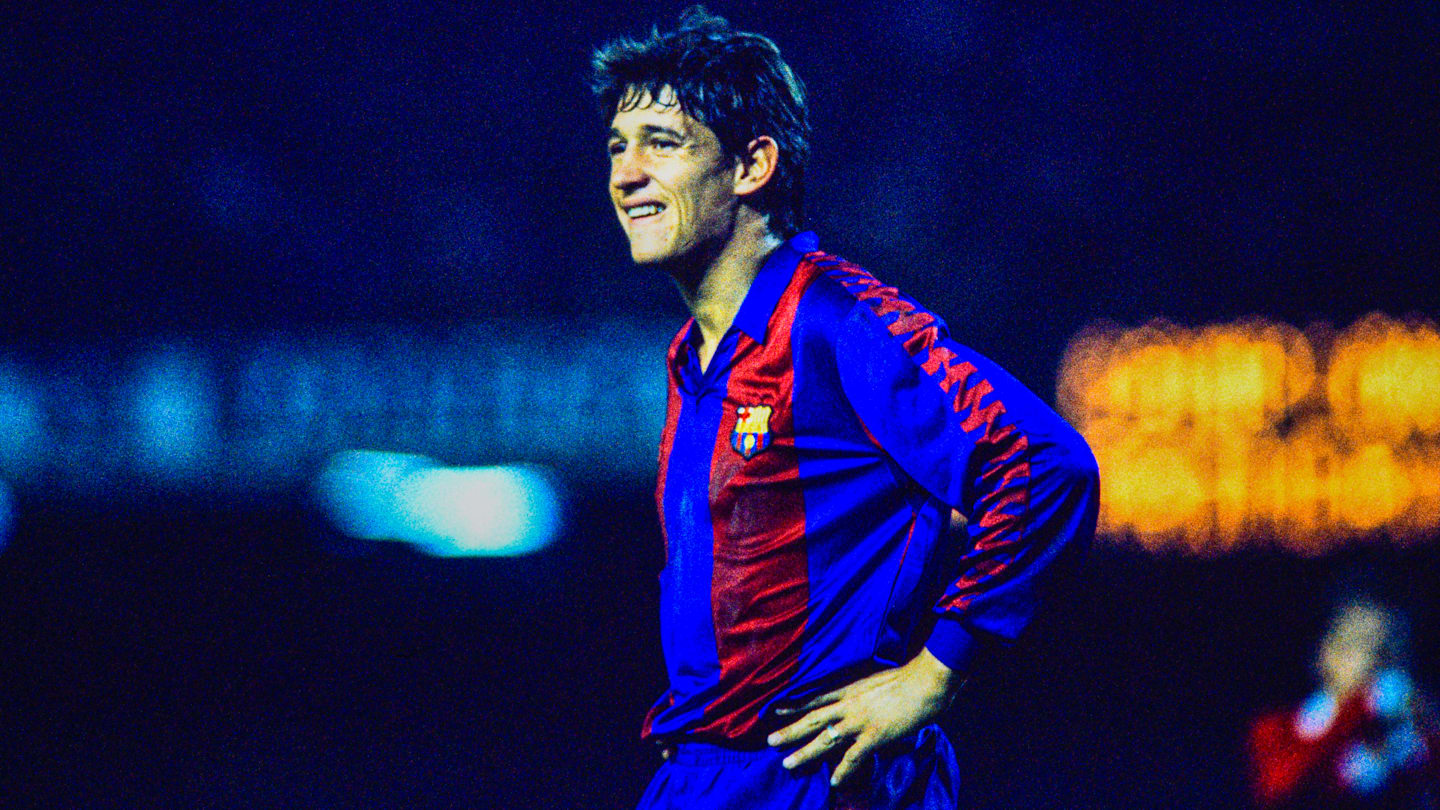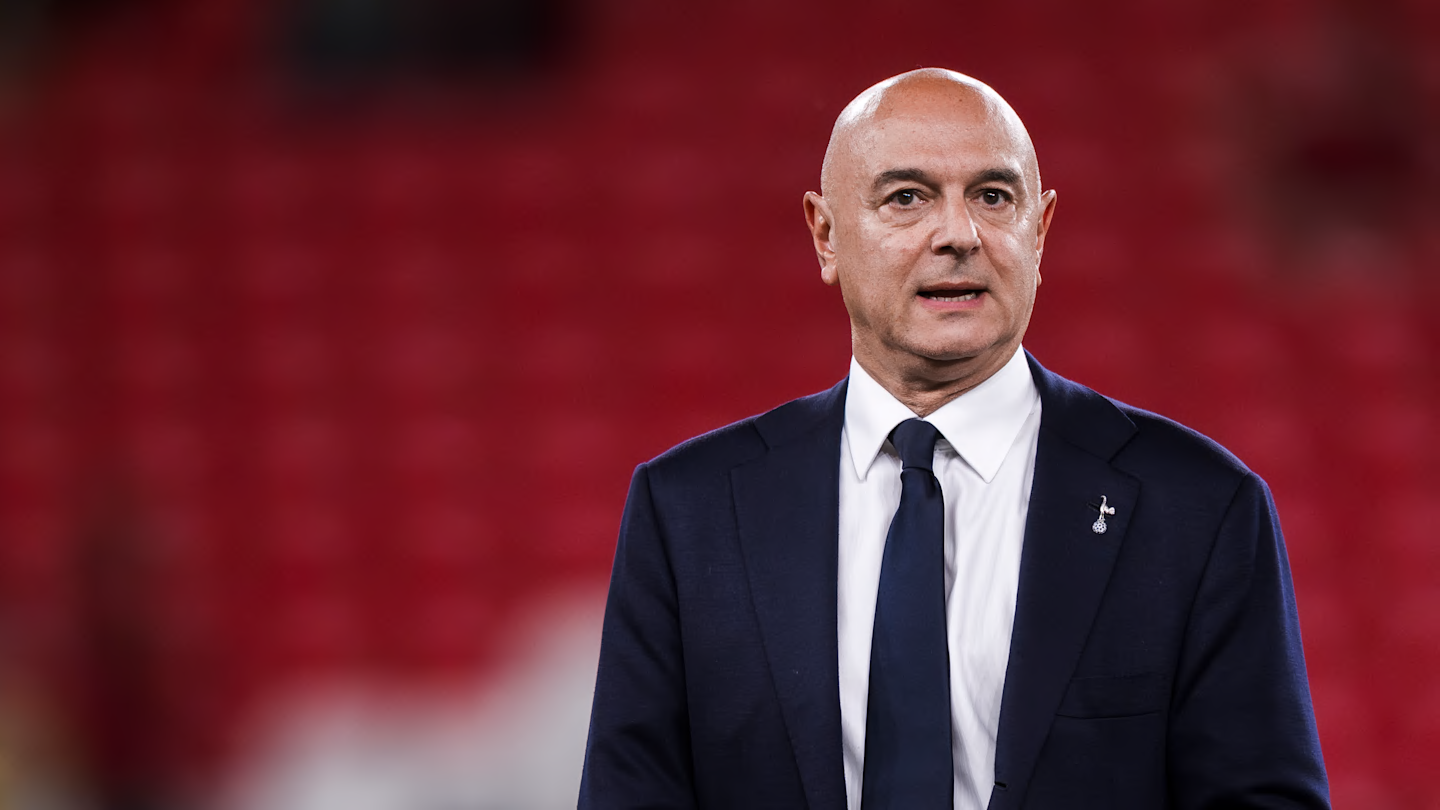With Marcus Rashford set to become only the second Englishman to play for Barcelona, you may not think that the great Spanish club has much of a relationship with the English game.
A relaxation of foreign player quotas after the Bosman ruling in 1995 offered more potential for English and British players to broaden their horizons, and plenty have taken their talents overseas in the 30 years since, despite the current financial supremacy of the Premier League.
Spanish giants Real Madrid have taken several plunges on English playing talent in the 21st century, but Barcelona have seemingly been more skeptical. Proficient at producing their own, the Catalonians have historically been less connected with the acquisition of superstars compared to their Clásico rivals.
In Rashford, Barça have acquired a talent approaching his apex. The 27-year-old was once a precocious teenager with the world at his feet, and while the forward has achieved plenty, he is need of rejuvenation in Catalonia.
Here’s how English and British players have fared at Barcelona over the years.
Gary Lineker was the only Englishman to represent Barcelona before Rashford’s arrival (post 1923), and the former BBC Match of the Day presenter has endorsed his countryman’s move to Catalonia.
Lineker, who now hosts the popular Rest is Football podcast alongside Alan Shearer and Micah Richards, changed his Instagram profile picture to an edited image of the two players wearing No.10 shirts for England while standing in front of 10 Downing Street, home of the British Prime Minister.
The striker was brought to Barcelona by Terry Venables off the back of his Golden Boot-winning campaign at the 1986 World Cup, and would quickly develop cult hero status in Catalonia by virtue of his hat-trick against Real Madrid in El Clásico during his first season. He scored 36 La Liga goals across the 1986–87 and 1987–88 campaigns before Johan Cruyff returned to the club as manager in the aftermath of the ’Hesperia Mutiny.’
New signing Julio Salinas usurped Lineker as Cruyff’s starting center forward in a 3-4-3 shape, with the Englishman thrust out wide. “He messed me about,” Lineker later said, suggesting that the iconic Dutchman merely played the striker in an unnatural role to “wind him up.”
The striker appeared 26 times in the league under Cruyff, scoring six times and helping the club to European Club Winners’ Cup glory in 1989. He departed in the summer, however, with Cruyff keen to continue his rebuild in Catalonia by replacing Lineker with majestic Dane Michael Laudrup.
Still, the English forward left Barcelona as the highest-scoring British player in La Liga history. Gareth Bale would surpass Lineker’s record of 42, eventually netting 81 with Real Madrid.
While Lineker was the first Englishman to play for Barcelona, he wasn’t the first British man.
In 1984, the previously mentioned Venables signed Scotsman Steve Archibald from Tottenham Hotspur, and the striker was handed the club’s No. 10 shirt that had just been worn by none other than Diego Maradona.
Archibald enjoyed tremendous success in his first season, with his 19 La Liga goals helping Barcelona to the title. He started up front in the 1986 European Cup final, when Barça were cruelly beaten on penalties by Steaua Bucharest, and his influence waned significantly thereafter.
He later described the aforementioned final defeat as his “big regret” with Barcelona aiming to become European champions for the first time. After returning to England via a loan spell with Blackburn, Archibald signed for Hibernian in 1988.
Mark Hughes joined Barcelona in the same summer as Lineker, although the Welshman spent just a season in Spain. He never wanted to leave Manchester United, and the then-22-year-old struggled to deal with the fierce criticism he received from the Spanish media and Barça supporters. Hughes scored four La Liga goals in 28 appearances, returning to Man Utd in 1988 following a loan move to Bayern Munich.
In the 21st century, three Lionesses have plied their trade for the dominant Barcelona Femení. Toni Duggan signed for the club in 2017 before Lucy Bronze and Keira Walsh made their moves in 2022. Relentless right back Bronze and classy midfielder Walsh won multiple Champions League crowns and Liga F titles during their spells with the club.
Barcelona were formed in 1899 with the help of English footballers, but much of the club’s English influence since has arrived on the touchlines as opposed to on the field.
Eight Englishman have taken the reins in Catalonia dating back to John Barrow in 1917, with Jack Greenwell, who took charge after Barrow’s brief four-month tenure, the only Englishman to enjoy two bites of the cherry.
While Greenwell had success, it wasn’t until Vic Buckingham arrived as manager in 1969 that English influence was keenly felt in Barcelona. Buckingham is largely credited for inspiring the ’Total Football’ principles installed by Rinus Michels at Ajax, and he also handed a 17-year-old Cruyff his senior debut in 1957.
Despite spending just two years at Barça, Buckingham’s impact was seismic. He coached a modern variation of the combination passing style of formative Queen’s Park teams in Scotland during the mid-to-late 1800s, and was regarded by Cruyff as a major influence. Buckingham also coached future Barcelona manager Sir Bobby Robson, who thrust a certain José Mourinho into a position of prominence during his sole season in charge, at West Brom, while Venables, who oversaw impressive success in the 80s, spent time as a player under Bill Nicholson at Tottenham. Like Buckingham, Nicholson was inspired by the Scottish passing game from the previous century.
The links between Buckingham and the entire fabric of Barcelona’s DNA are distinct, with the English manager playing a major role in the development of Cruyff’s school of thought. The Dutchman is the single most transformative figure in Barça’s history, but Buckingham helped lay the foundations for the principles the club have become synonymous with in modern times.


